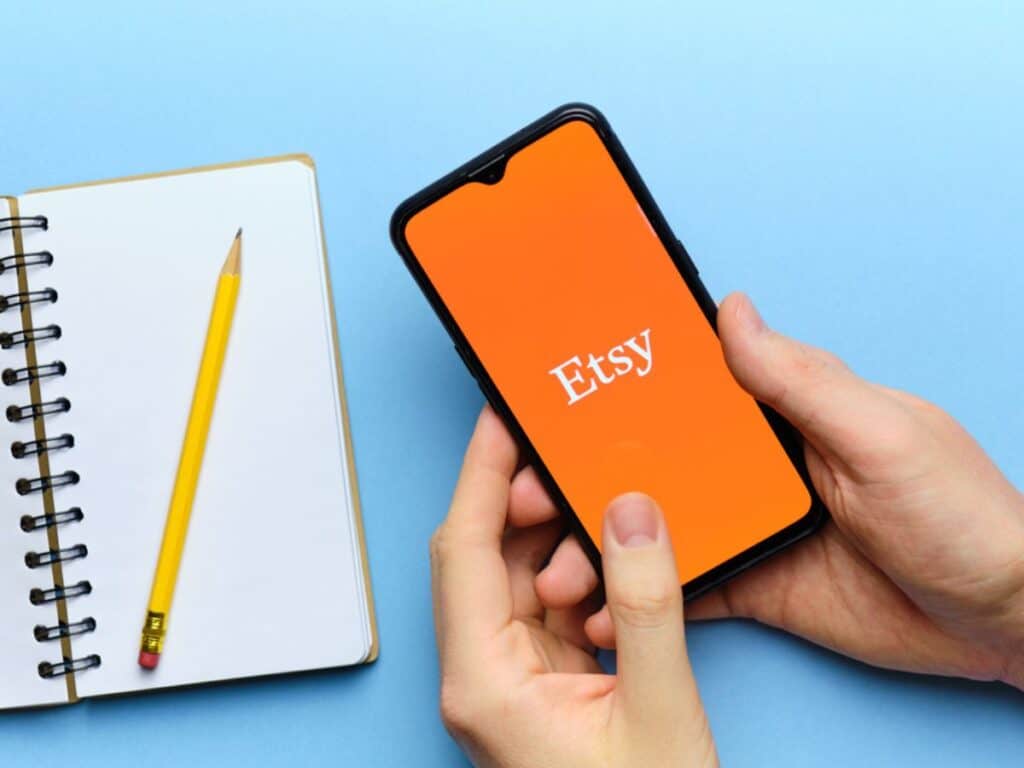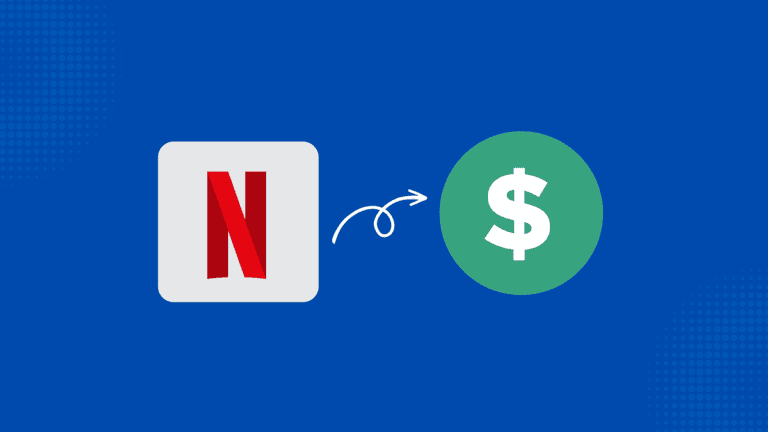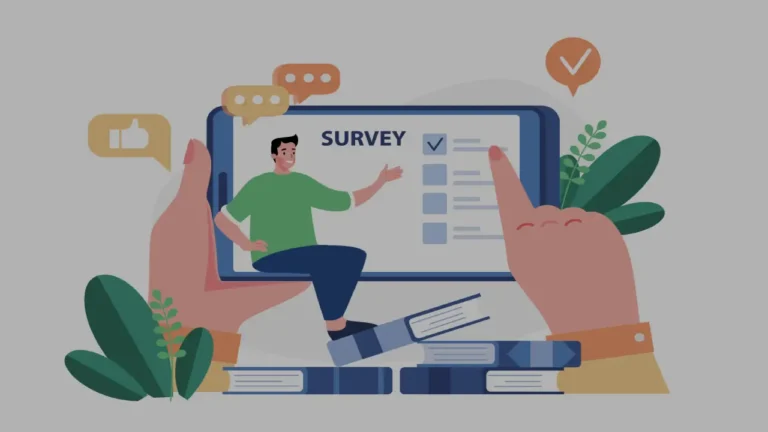How Much Does it Cost to Sell on Etsy? A Guide to Etsy Fees for Selling in 2023

Etsy is a popular online marketplace, home to creators and collectors selling handmade and vintage goods. You can find rare vintage collectibles, marvelous artworks, and other nick-nacks made by artists, designers, sculptors, and other creatives. Over 2.1 million creatives use Etsy, typically to cut the costs of running their own e-commerce website.
Before you decide to use Etsy, knowing the fees involved prevents harsh surprises and helps you plan your business model to ensure maximum profitability. Also, if you don’t pay your fees, Etsy can suspend your shop. Luckily this guide will show you all Etsy costs with no stone left unturned for an easy, prosperous 2023 and beyond.
Table of Contents
- Overview of Etsy Fees
- 1. Listing Fees
- 2. Transaction Fees
- 3. Shipping Fees
- 4. Payment Processing Fees
- 5. Regulatory Operating Fee
- 6. Currency Conversion Fees
- 7. Promoted Listings/ Onsite Ads Fees
- 8. Offsite Advertising Fees
- 9. Etsy Pattern Fees
- 10. In-Person Selling Fees With Square
- Tips For Reducing Selling Costs On Etsy
- Conclusion
Overview of Etsy Fees
Since Etsy has its own running costs and offers you an e-commerce service, a couple of fees are involved to keep your shop running. Some of them may surprise you, but once you know them, you can create an actionable business plan to ensure that your product factors in these costs.
Etsy updated its fee policy on 1 December 2022. Note that for all fees, if you don’t have any money on your Etsy balance, you’ll need to pay it within 15 days of your monthly statement date to keep a healthy standing with Etsy. According to Etsy’s Payments Policy, they may charge your card or take further action.
The ten types of Etsy fees are:
1. Listing fees: the cost to list your item on Etsy
2. Transaction fees: expenses incurred when your product sells.
3. Shipping fees: if you charge a separate shipping fee Etsy takes a percentage.
4. Payment processing fees: processing fees are charged according to the item’s total sale price.
5. Regulatory operating fee: these fees only apply to sellers in the UK, France, Spain, Italy, and Turkey.
6. Currency conversion fees: the cost of converting currencies.
7. Promoted listings fees: you choose your budget if you use Etsy Ads within the platform.
8. Offsite advertising fees: Etsy uses offsite advertising like social media, where you can pay them to promote your listing.
9. Etsy Pattern fees: fees incurred using Etsy’s online web-building software.
10. In-person selling fees: if you use Square linked to your Etsy account.
1. Listing Fees
Trees provide organic matter through fallen leaves and branches to maintain healthy soil. The loss of this natural source of nourishment could result in nutrient deficiencies in the surrounding area when a tree is removed.
By implementing strategies such as proper soil maintenance and recommending appropriate replacements where necessary, arborists can minimize these impacts.
Uploading an item for sale on Etsy is known as a listing, and you pay a fee for every listing, whether it sells or not. Listing fees are a standard $0.20 charged to your current balance. It’s free to edit a listing – so make sure to edit instead of deleting and relisting!
Listings expire after four months. Once a listing is sold, it can disappear from your shop, get relisted manually, or auto-renew. Every time you renew a listing or sell multiple listings, you get charged $0.20 per item sold.
A. Standard Listings
As mentioned, standard listings are $0.20 for all Etsy users. You’ll be charged immediately after listing if there’s money in your Etsy balance; otherwise, you must pay within 15 days of your statement. Once your standard listing is sold, the item will disappear from your shop. You get 15 free listings that avoid the $0.20 fee if you have an Etsy Plus plan.
B. Renewing Listings
You can manually renew listings to keep control over your listed stock and ensure you have enough before you’re charged for a new listing. You can manage your listing status in your Listings Manager.
To turn off automatic listing renewals, select “Renewal Options” and choose “Manual.” Remember that listings expire after four months and will need your input for renewal, costing an additional $0.20.
Manual renewals are necessary for one-of-a-kind handmade goods, as you wouldn’t want someone to purchase something that isn’t available and may take you a month to create!
C. Auto-Renewing Listings
If you’re a little forgetful or would like to streamline your work with less effort, you can auto-renew your listings by selecting “Renewal Options” and choosing “Automatic.” When someone purchases the item, or the listing expires, Etsy will renew it and charge you $0.20.
D. Multi-Quantity Listings
If you have high quantities of an identical item, you can set it up on your Etsy account to let customers buy them from the same listing. Suppose they purchase 10 of the same products on a single listing.
In that case, you’ll pay nine additional listing fees of $0.20 each (you already paid the first item listing fee), which will appear as a collective multi-quantity fee on your payment account.
After the purchase is complete, and you still have one or more of the same items left, you’ll be charged an additional $0.20 to keep the listing in your shop for another customer to buy. This will appear as an auto-renew sold fee.
E. Private Listings
Etsy has a private listing option if you want to sell to a specific client through the platform but don’t want to list it in your shop. Private listings also incur a $0.20 listing fee per item, but only when the customer purchases it.
2. Transaction Fees
Once you sell a product on Etsy, you get charged an additional transaction fee on the completed purchase. Etsy charges a flat 6.5% transaction fee on the total order amount in your selected listing currency. The total order amount includes item personalization, shipping, and gift-wrapping services if you charge for them separately.
You’ll notice that the transaction charges are itemized individually between the sale, personalization, shipping, and gift wrap service on your Etsy Payment account. The transaction fee is deducted as each sale occurs.
Suppose your listing currency and Payment account currency differ. In that case, the transaction fee price is charged as the listing currency, which converts to your Etsy Payment account currency at the market rate.
The transaction fee does not apply to any sales tax if you’re based in the United States or Canada unless it’s included in the listing price.
3. Shipping Fees
If you charge separately for shipping, Etsy charges you 6.5% of the total shipping cost. If you include shipping on your listing price, you will not owe an additional shipping fee to Etsy.
You use Etsy Delivery to fulfill your orders if you’re based in a supported country. Esty Delivery incurs costs depending on the courier, package information, pickup location, and shipping destination.
4. Payment Processing Fees
Etsy payment processing fees are often confused with transaction fees, but they are separate. Payment processing fees are charged every time you make a sale, in addition to transaction fees.
These charges are incurred for the service Etsy provides for managing different payments. This fee is a set rate plus a percent of the item’s total sale price, which varies by country, and includes shipping and relevant sales tax.
Processing fees are deducted from the total sale price before your payment. If you want to issue a refund through Etsy Payment, your payment processing fee will be credited according to the refund amount.
Sellers based in India are the only exception to payment processing fees. In this case, they are charged India Payment fees instead for processing domestic sales.
5. Regulatory Operating Fee
Sellers in the UK, France, Spain, Italy, and Turkey must pay a regulatory operating fee because Etsy has to deal with regulations in those countries. These fees are charged automatically and deducted when a listing is purchased.
This fee applies as a percentage of the total cost of the sale, including customization, gift wrapping, and shipping.
The percentage of the Regulatory Operating fee is as follows:
- United Kingdom: 0.32%
- France: 0.47%
- Italy: 0.32%
- Spain: 0.40%
- Turkey: 1.1%
6. Currency Conversion Fees
With Etsy, you can create listings with a different currency than your Etsy Payment account. If you choose to do this, you will incur a currency conversion fee for every sale you make, which is a flat rate of 2.5%. Etsy converts currency according to market exchange rates at the time of purchase.
If your listing and Payment currencies are different, all other fixed Etsy fees are charged according to the listing currency. Etsy converts fees from the listing currency according to the market rate, which means they’ll vary.
7. Promoted Listings/ Onsite Ads Fees
Etsy allows sellers to promote their listings within the site to show up on catalogs, category pages, or common search results using Etsy Ads so that your listing can stand out among the rest. You get to set your budget on what you’d like to spend on adverts, and your budget gets used up per click on your ad (PPC).
On average, PPC fees for onsite ads cost between $0.20 to $0.50. Note that you will still pay for an advert click even if it doesn’t result in a sale. There’s no set fee for Etsy ads, but you start with a $25 maximum daily budget.
8. Offsite Advertising Fees
Etsy markets listings throughout the web, including search engine results, social media, apps, partner sites, and Google Display Network. You can have your listing advertised on these channels at Esty’s discretion with the Offsite Advert option. You don’t need to pay any upfront costs; you only pay an advertising fee when a purchase gets made.
Offsite ad fees depend on your revenue on Etsy in the past 12 months. Costs for offsite ads are as follows:
- If your Etsy shop made less than $10 000 in the past 12 months, you’ll be charged a 15% fee on sales from an Offsite Ad.
- If your Etsy shop made $10 000 or more, you’ll get a discounted Offsite Ad fee of 12% on related sales.
Offsite Ads only cost you when a product sells and helps you reach a broader audience!
9. Etsy Pattern Fees
Pattern is Etsy’s online web-builder that allows you to create your own e-commerce site that links to your Etsy account. You can create a website for free and take advantage of a free 30-day trial before paying the monthly membership of $15 a month.
With Pattern, the fees get deducted from your current balance and work as follows:
- Domain registration fee varies by name.
- WHOIS Domain Privacy $3 per year
- Listing an item is free if on Pattern only, or $0.20 to list on Etsy.
- No transaction fees for products sold on Pattern.
- Etsy payment processing fees for Pattern vary by country but are the same as regular payment processing fees.
- Deposit currency conversion is charged at 2.5% per sale.
- US sellers in relevant states are charged sales tax on applicable fees.
10. In-Person Selling Fees With Square
If you’d like to use Etsy when you sell products in person, you can link your Square account with your Etsy shop. You’ll need to use a Square card reader to receive in-person payments. When you sell Etsy-listed items in person, you’ll pay an Etsy listing fee and Square’s payment processing fees, but you won’t pay an Etsy transaction fee.
Tips For Reducing Selling Costs On Etsy
#1 Stick To A Single Currency
By setting your listing and Payment account currency differently, you’re setting yourself up for varying fee costs that you can’t control and a 2.5% currency conversion fee on every sale above the already long list of Etsy expenses. Note that you can only set your Payment account currency to your shop country’s currency.
#2 Reduce Listings
The more listings you have, the more you pay. Try to keep one-of-a-kind items to a minimum and focus on quantities instead, so you don’t need to create a new listing for every product you make. Ultimately, you still need to pay listing costs for every item, but the renewal and running costs will remain minimal.
Use The Variation Setting to create bundle deals if the items you sell are usually purchased together. For example, if you sell scented soap, you can have a pack of three with different scents. It may also help to turn off auto-renewals and instead evaluate if your product is working after it expires – four months is quite some time!
#3 Share Your Work On Social Media
Social media and other digital platforms allow you the freedom to market your products without the help of Etsy Ads! You can make videos or share insightful content about your handmade or vintage goods and link your Etsy shop to make the sale without losing a further percentage of your profits.
#4 Use Social Media Advertising
Millions of users are familiar with Facebook and Instagram, which are two of the biggest social media platforms, and they have advertising tools that are far more in-depth and have a wider audience than Etsy Ads.
You can specify your target market and even choose what country sees your advert, along with specific demographics. There are hundreds of resources to help you market your Etsy at a far more impactful rate than Etsy.
Conclusion
These ten Etsy fees are all you need to be aware of before you start your journey! The only compulsory fees include listing, transaction, payment processing, and shipping fees if shipping is separate. You’ll also possibly need to pay regulatory operating and currency conversion fees.
Etsy Advertising, Etsy Pattern, and in-person sales are all optional but do have charges worth knowing about. If you follow our tips on reducing selling costs on Etsy and factor all these fees into your business plan, you could save on some charges and make more money for the rest of 2023 and the years to come!
Deborah Engelmajer also has a very insightful video about Etsy fees!
DID YOU FIND THIS INFORMATION HELPFUL? Share the love on social.
Follow us on Pinterest & Instagram!
ANY OTHER BUSINESS ADVICE WE CAN WRITE ABOUT?
Let us know, email us at: Advice@TheBestBusinessAdvice.com
PIN THIS FOR LATER…
![]()








